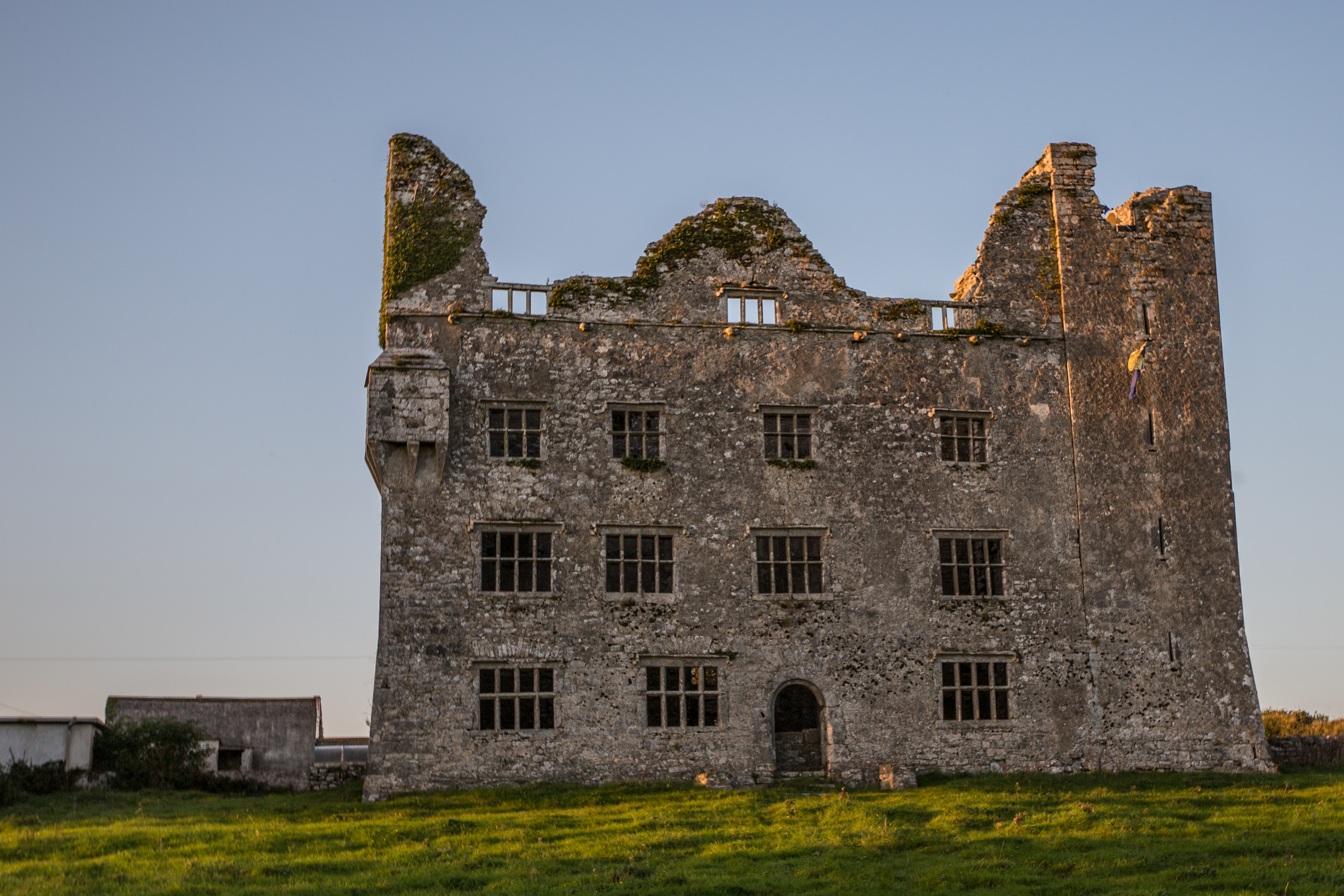Conor O'Brien (died 1651) on:
[Wikipedia]
[Google]
[Amazon]
 Conor O'Brien ( ga, Conchubhar Ó Briain) of Leameneagh (1617–1651) was a Royalist Commander in County Clare during the
Conor O'Brien ( ga, Conchubhar Ó Briain) of Leameneagh (1617–1651) was a Royalist Commander in County Clare during the
 Conor O'Brien ( ga, Conchubhar Ó Briain) of Leameneagh (1617–1651) was a Royalist Commander in County Clare during the
Conor O'Brien ( ga, Conchubhar Ó Briain) of Leameneagh (1617–1651) was a Royalist Commander in County Clare during the Irish Confederate Wars
The Irish Confederate Wars, also called the Eleven Years' War (from ga, Cogadh na hAon-déag mBliana), took place in Ireland between 1641 and 1653. It was the Irish theatre of the Wars of the Three Kingdoms, a series of civil wars in the kin ...
.
Life
He was the son of Sir Donough O'Brien (1595-1637) and his wife Honora Wingfield, and was the head of the Leameneagh branch of the O'Briens with estates centred around Leameneagh and Dromoland. At the outbreak of theIrish Rebellion of 1641
The Irish Rebellion of 1641 ( ga, Éirí Amach 1641) was an uprising by Irish Catholics in the Kingdom of Ireland, who wanted an end to anti-Catholic discrimination, greater Irish self-governance, and to partially or fully reverse the plantatio ...
, his relative Murrough O'Brien, 1st Earl of Inchiquin
Murrough MacDermod O'Brien, 1st Earl of Inchiquin (September 1614 – 9 September 1673), was an Irish nobleman and soldier, who came from one of the most powerful families in Munster. Known as "''Murchadh na dTóiteán''" ("Murrough the Burner" ...
deputised him to advance the Royalist cause in County Clare and to maintain order amongst the discontented factions, while he himself was engaged in the south of the kingdom in co-operating with his father-in-law, Sir William St Leger, to oppose the Confederate armies.
Previous to the surrender of Limerick, Lord Muskerry had collected about five thousand men in the counties of Cork and Kerry, which, with a force of three thousand more in the county of Clare, were destined for the relief of that city. The former were defeated and dispersed by Lord Broghil at the Battle of Knocknaclashy and Edmund Ludlow was ordered to the pass of Inchicronan to check the advance of the latter. At this place the Irish offered a determined resistance.
His residence, Leamaneh Castle was besieged and he was killed at the head of his men by Ludlow's cavalry near Inchicronan a few miles away from the castle, being shot from his horse, and his troops then retreating. His sword (which was used at the engagement with Ireton's forces) is preserved at Dromoland Castle, being in the family's possession for over 300 years. An unsubstantiated legend states that his body was brought back to the castle by Ludlow's soldiers and presented to his wife Maire Rua O'Brien
Maire may refer to:
Places
* Maire, Netherlands, a former municipality
* Maire de Castroponce, a municipality located in the province of Zamora, Castile and León, Spain
* Château Saint-Maire, a castle in Lausanne, Switzerland
* Lougé-sur-M ...
who repudiated it, insisting she was not married, and married a Cromwellian soldier in order to maintain her family's estates.History of the O'Briens from Brian Boroimhe, AD. 1000 to AD. 1945, by Donough O'Brien, 1949, Batsford, page 213, page 211, page 259, page 205, https://archive.org/details/historyofobriens00obri/page/212/mode/2up, https://archive.org/details/historyofobriens00obri/page/210/mode/2up, https://archive.org/details/historyofobriens00obri/page/258/mode/2up, https://archive.org/details/historyofobriens00obri/page/204/mode/2up The castle was then occupied by Ludlow's troops.
Family
He married Máire Rua McMahon daughter of lord of East Corcabaskin or Clonderalaw, Sir Torlach Rua MacMahon and his wife Mary, the youngest daughter of Connor O'Brien, 3rd Earl of Thomond and had eight children, three of which died in infancy, the surviving children were: * Donough, his eldest son, who was eventually re-invested in his father's estates. *Teige *Turlagh *Honora *MaryReferences
{{Reflist O'Brien dynasty Military personnel from County Clare